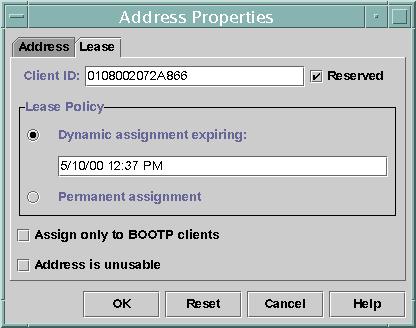

If yes, you must create at least one DHCP scope for each of the servers. First, you need to check whether or not there are multiple DHCP servers on the network.


Things to consider before creating DHCP scopesīefore going ahead to create a valid DHCP scope, there are a few factors that you must consider. Furthermore, without configuring the server with a scope, it becomes pretty much impossible for the servers to offer or assign DHCP-enabled clients IP addresses. What Is a DHCP Scope and Why Is It Important For You?Īs previously stated, a DHCP scope is a valid range of IP addresses or other optional parameters available for the DHCP servers to lease out to clients upon their requests. In the rest of this article, you’ll find out everything you need to know about DHCP scopes, including how you can successfully create them. Interestingly, users can create as many scopes as required on a DHCP server.Īpart from IP addresses, it’s worth knowing that you can also use DHCP scopes to assign optional network parameters to clients.

Its primary function is to decide which IP addresses the servers get to offer the clients. That said, here’s a burning question what exactly is a DHCP scope?Ī DHCP scope is a range of IP addresses that are available for the DHCP servers to lease out to DHCP-enabled clients on a given subnet. Before IP addresses can get assigned to clients, the DHCP servers must first be configured with a scope. However, you need to understand that this doesn’t just happen. Apart from that, DHCP is also effective for creating a tailored configuration for certain types of clients.Īs you now know, DHCP servers will automatically offer and assign IP addresses upon a client’s request. It helps to eliminate the need for you to perform time-consuming tasks of setting up and managing a TCP/IP network. A DHCP is a network protocol used on IP networks, where the DHCP servers automatically offer and assign IP addresses and other network parameters to a DHCP-enabled client.


 0 kommentar(er)
0 kommentar(er)
